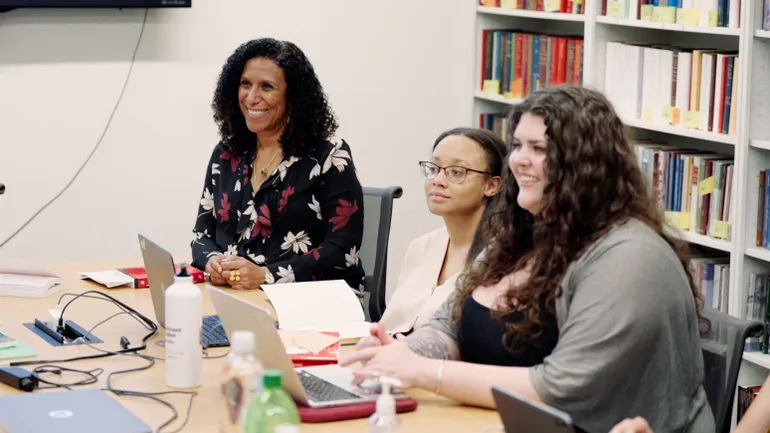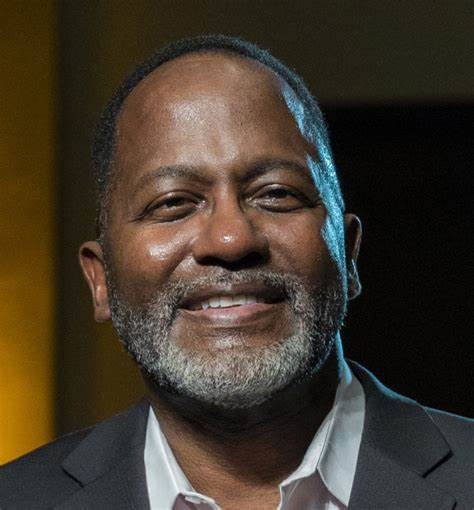An excerpt from the forthcoming pedagogical resource platform Throughlines.
A few years ago, Ayanna Thompson was teaching a large lecture class on a survey of early British literature. The class was surprisingly animated, willing to talk about the most challenging topics. Even though the majority of them were not English literature majors, or even humanities majors, they were willing to dive into complex conversations about topics like representations of misogyny, non-consensual sex and patriarchal violence. But it was when the class read Othello that the exuberance of discussion faded.
It was in this moment that Professor Thompson realized these students had never been in a space where they could talk about race openly.
The litany of legislation against critical race theory has bred a chilling effect on all discussions of race and racism in classrooms across the United States. But research shows that students are hungry for conversations about complex topics and social issues—they want their classroom experience to feel relevant to their lives. The pre-modern studies classrooms might be a particularly ripe place for these conversations because they arrive unexpectedly. No one takes a Shakespeare class expecting to talk about the complexities and polarizations of our society today. And yet, by pinpointing these moments in the pre-modern past as places to discuss race and racial difference, professors can lead discussions on the issues students are most eager to talk about—with the heat turned down.
Most people have not been trained to talk about race, educators included. The few who have were likely taught to talk about race in a single race setting. Frequently in American culture, the only time that race is discussed openly is in a moment of crisis, where emotions are heightened. Being transparent about this general lack of training, this lack of inherent expertise, allows students to wade into the conversation without the fear of being called out for something they say.
And this is the value of the educational setting. By its very nature, a college classroom should be a place where students and teachers try out new ideas, experiment with thought and make challenging statements without fear of being labeled a racist or a misogynist or an etc. etc. Students’ opinions are allowed to change over the course of a semester—and it’s good that they do. It shows they’re learning.
Ayanna Thompson believes there are four imperatives for talking about race in the classroom—any classroom—that allow the conversation to be productive, useful and outside of the grip of politics:
- Acknowledge the elephant in the room. Talking about race openly might not be something anyone in the classroom has done before. And that’s okay.
- Help students understand how unique the educational setting is. This is a place where students should not be bound to their ideas, but instead, a place where they can experiment, try things on and shuck them off as they see fit.
- Articulate that you are not the expert. While you may be an expert in Shakespeare or Milton or whatever your field might be, you don’t have to be the expert on race. You just have to be the person who can raise the issues.
- A pre-modern studies classroom is not limited to the tomes students are reading. These classes not only allow them to engage with the literatures of the past, but teach them to listen and talk about complex issues like race in nuanced and thoughtful ways.
Throughlines is a free, open access resource for pedagogical materials that aims to help educators of premodern studies discuss issues of race in their classrooms. Specifically designed for use in higher education, the materials on Throughlines include lectures, pedagogical approaches, exemplar syllabi, classroom discussion models, an annotated bibliography and more.
Throughlines launches to the public on August 1, 2024.
#talk #race #classroom










